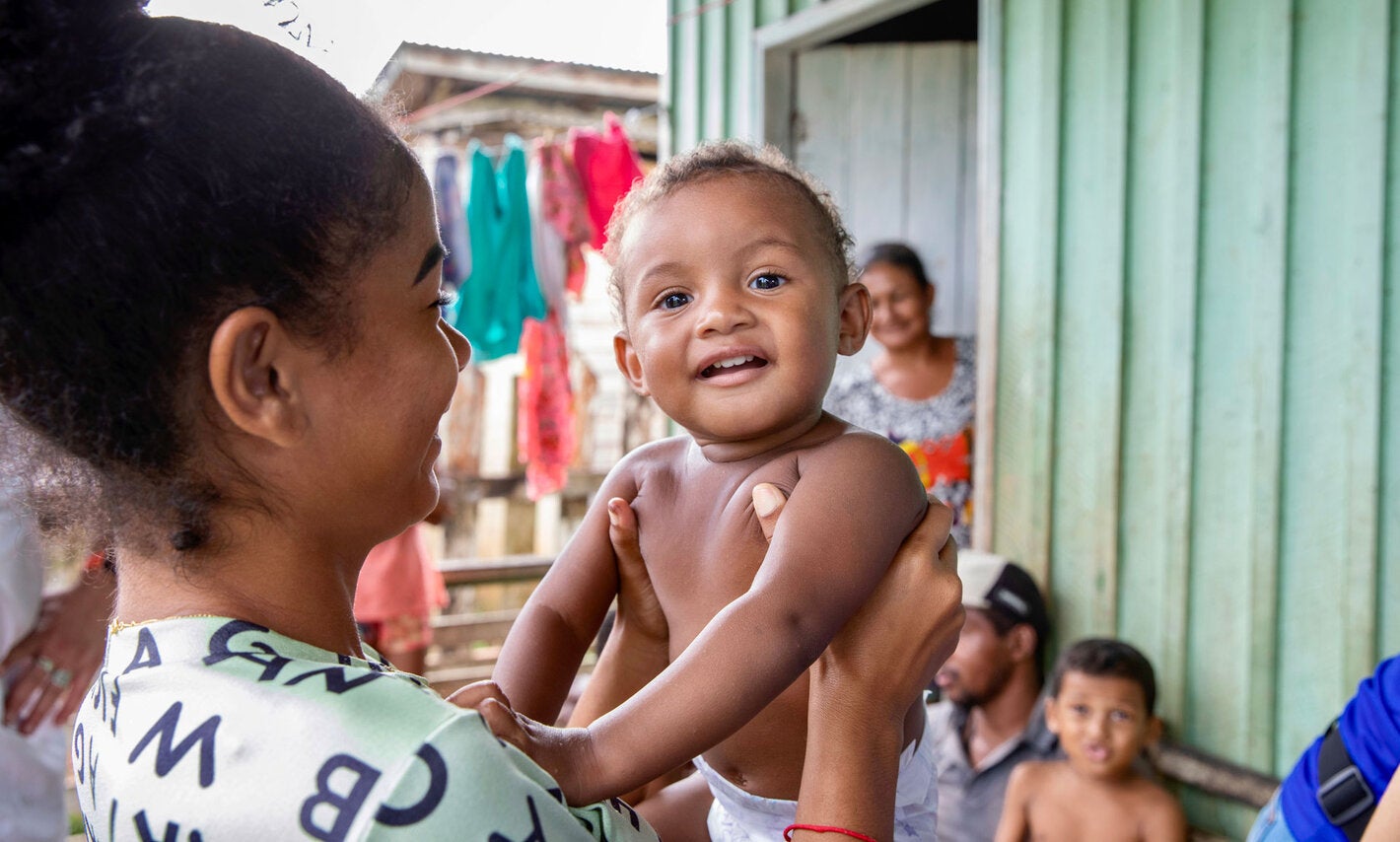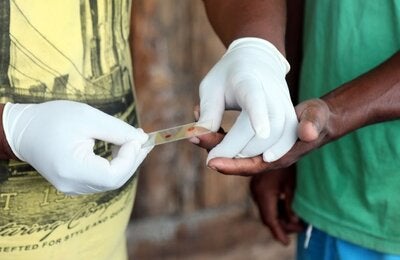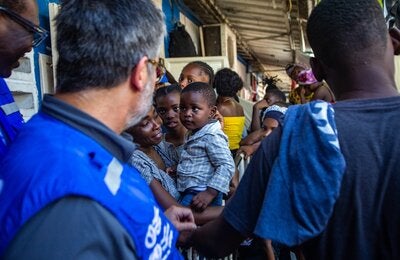
Washington, D.C., April 16, 2024. In the context of the 22nd Vaccination Week in the Americas, celebrated from 20-27 April, the Pan American Health Organization (PAHO) is sharing more than 15 innovative experiences that countries in the Region have implemented to promote vaccination in their communities. The slogan of the week this year is Engage now to protect your future.
The experiences, available to read here, showcase innovations, creativity and investments from national immunization programs, including in vaccine mobilization, cold chain, epidemiological surveillance, and awareness campaigns, among others.
“We created a digital space to recognize the innovative work and tireless efforts that countries have made to recover vaccination coverage in recent years and ensure a healthy future for all,” Dr. Daniel Salas, Executive Manager of the Special Program for Comprehensive Immunization at PAHO, said. “It also highlights the importance of sharing lessons learned from countries in their work to protect communities from vaccine-preventable diseases.”
Some of the experiences highlighted on the website include:
- Mobile vaccination unit in Uruguay that travels to various points in Montevideo to facilitate access to vaccination.
- Cross-border vaccination between Mexico and Guatemala to provide vaccination in areas of high traffic and movement.
- Focusing on the emotional approach to vaccination to combat hesitancy in Argentina, where people are encouraged to express their feelings using plush dolls.
- Awareness campaigns on the importance of vaccination in the Bahamas with messages from children and influential pediatricians in the community.
"We look forward to continuing to nurture this digital and collaborative space that we have dedicated to experiences promoting vaccination,” Dr. Salas added. “We also congratulate the region’s health personnel for their efforts to bring vaccines to even the most remote communities.”



